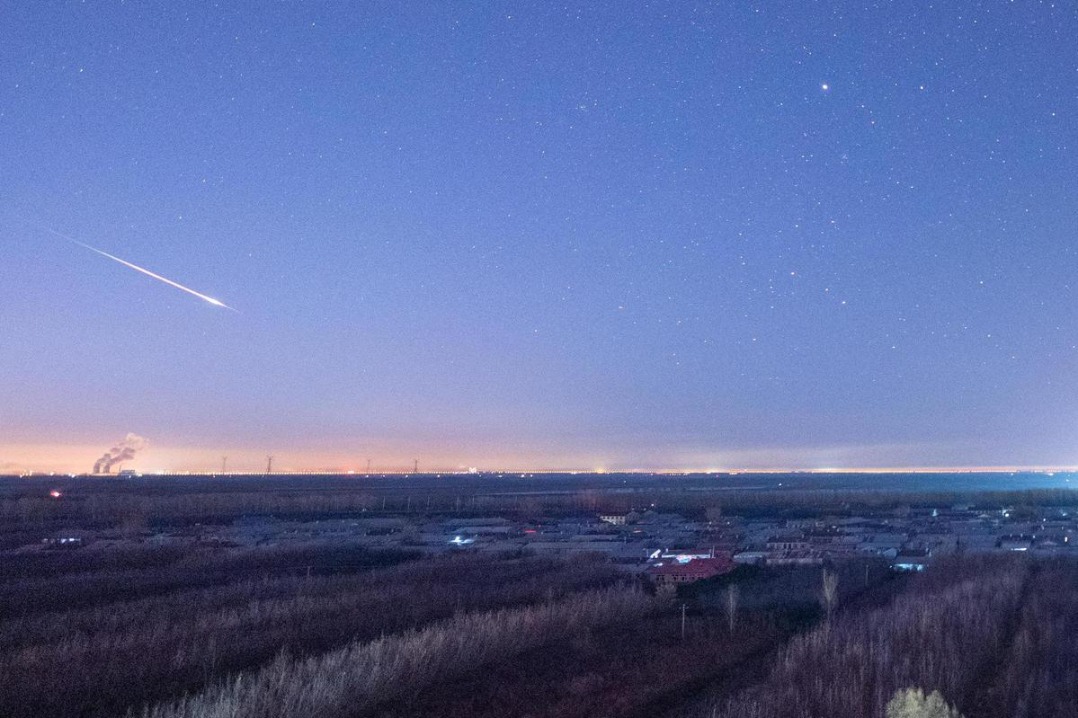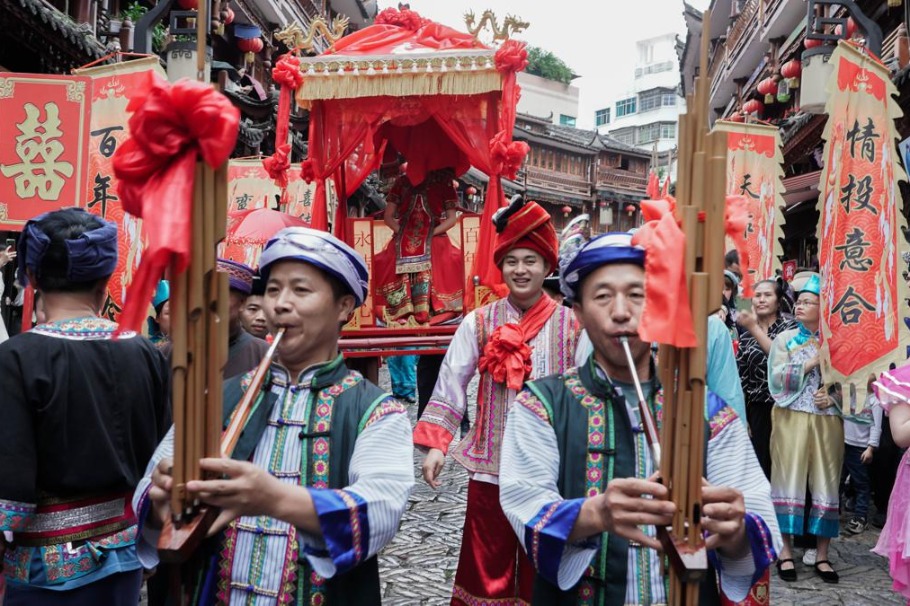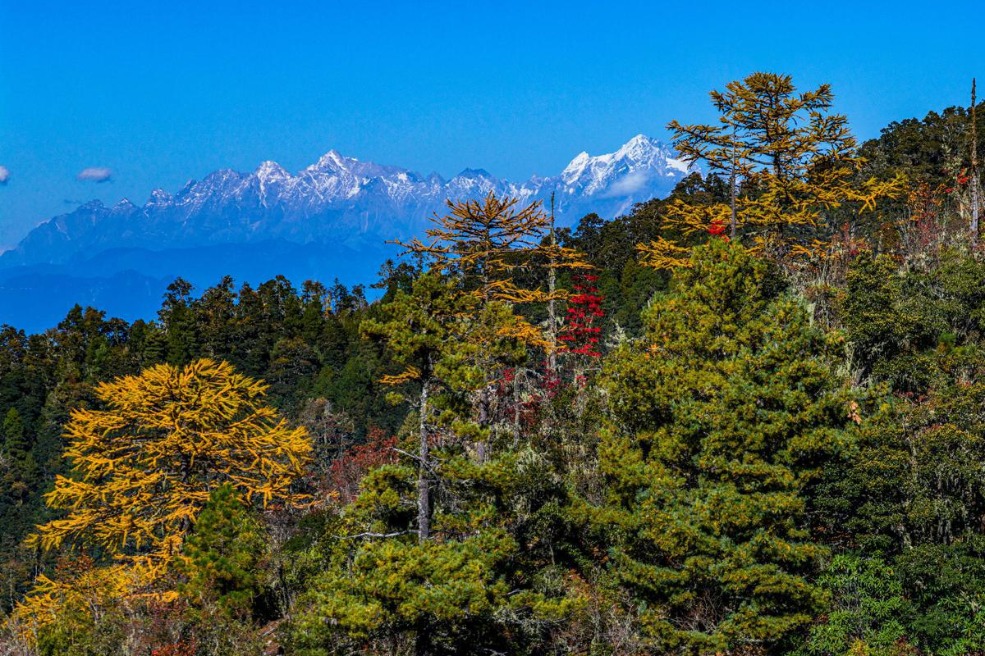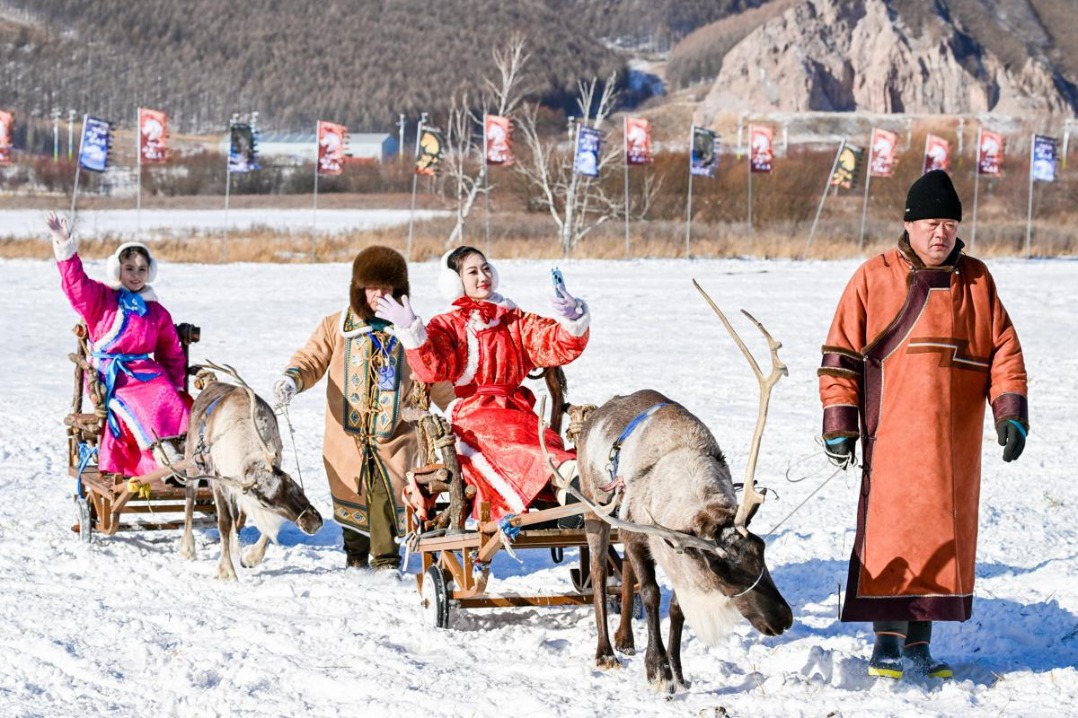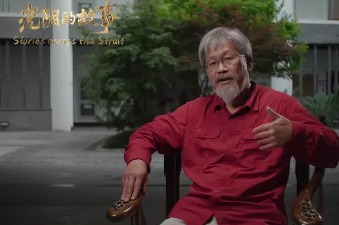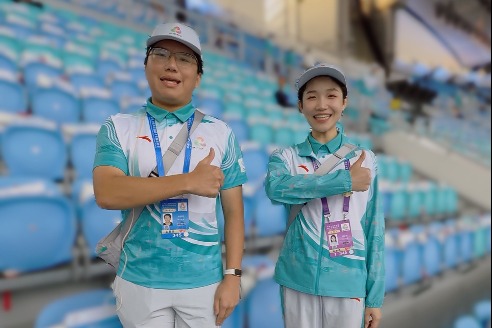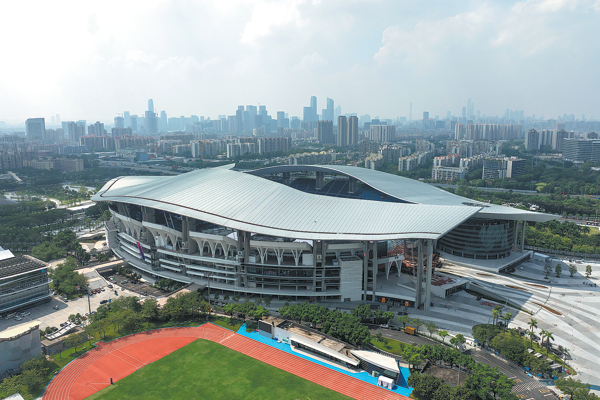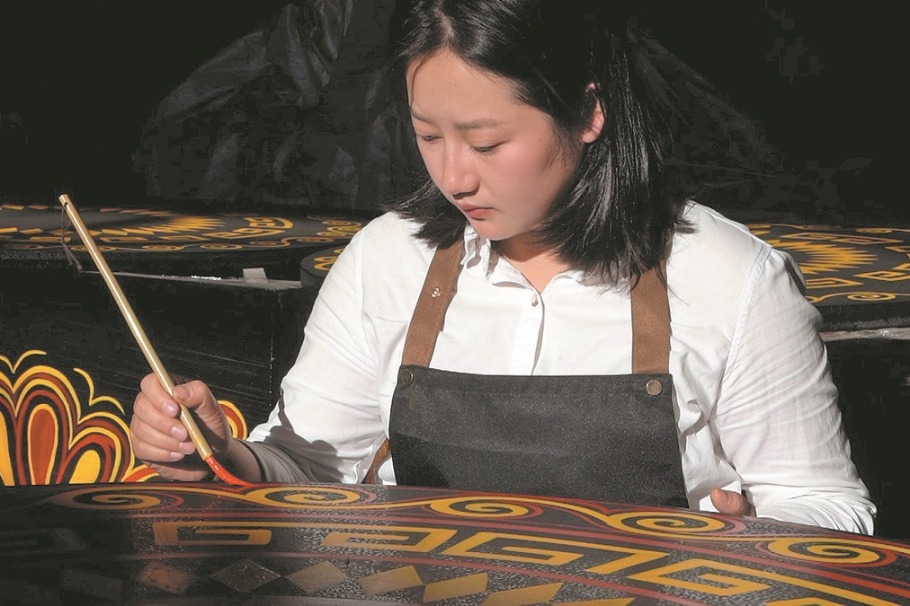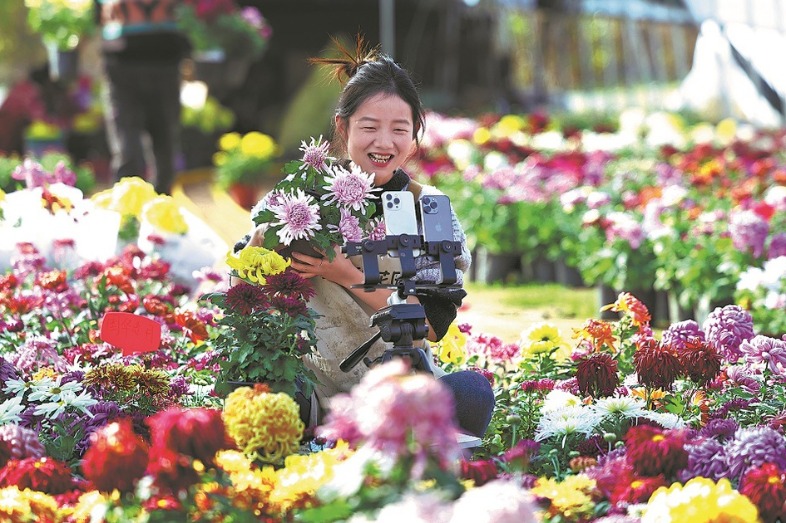95 percent of residents in Tibet covered by basic medical insurance

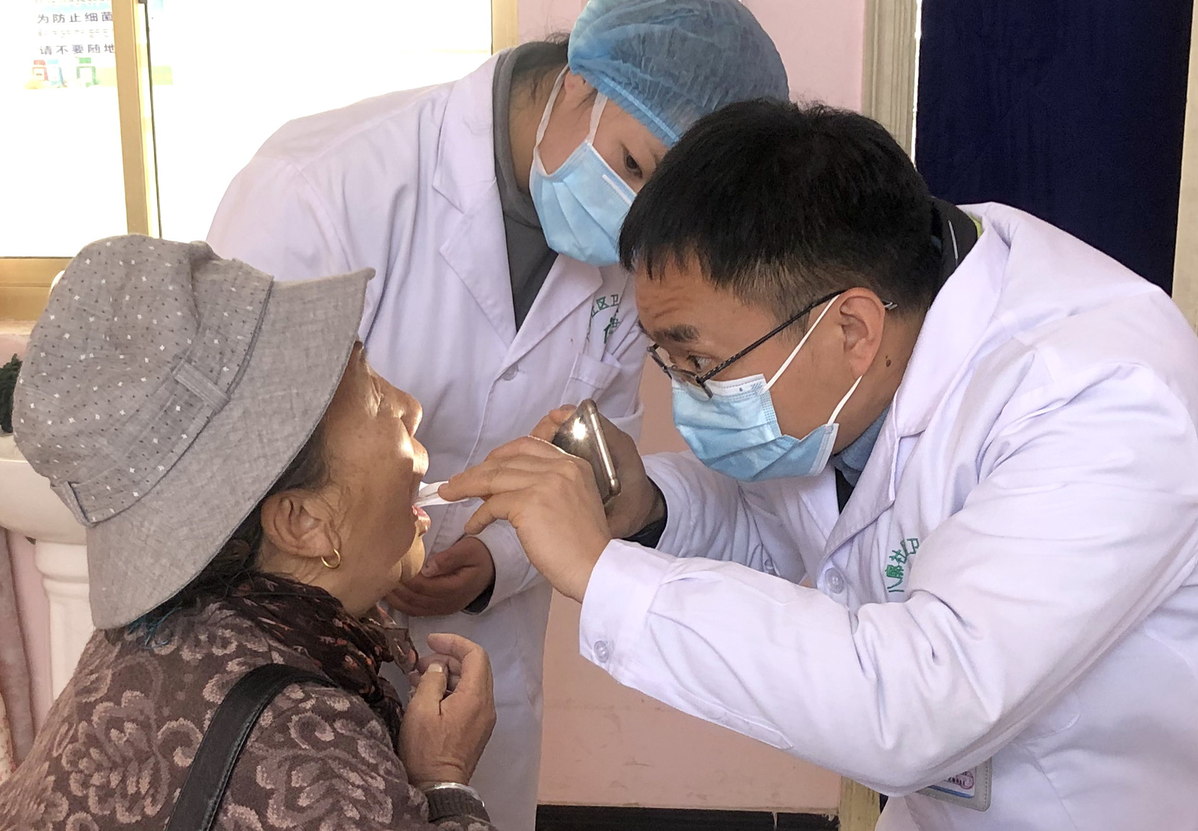
More than 3.4 million people in the Tibet autonomous region have been covered by the basic public medical insurance system, with the coverage rate above 95 percent, regional officials said on Tuesday.
The maximum reimbursement for hospitalization expenses is as high as 90 percent.
The regional Party committee and government have always attached great importance to the improvement of people's livelihoods and medical security, and have made breakthroughs in solving the difficulties people face in obtaining medical treatment in hospitals and affording the high costs, Zheng Xuehong, deputy head of Tibet's Healthcare Security Bureau, told a news conference on Tuesday.
"Medical security is an important part of people's livelihoods, and it is a major institutional arrangement to reduce the burden of medical treatment, and improve people's livelihoods and welfare," she said.
A multilevel medical care security system with basic medical insurance as the main body, insurance for serious illnesses as a supplement, and medical assistance as the foundation has been basically formed in the region, she said, adding that the government subsidizes annual premiums for the poor.
The regional government recently issued a document on deepening reform of the medical care security system that said by 2025, the functions of basic medical insurance, serious illness insurance, and medical assistance will be largely improved, the news conference was told.
"The reform of the medical insurance payment model and the centralized procurement system for drugs and medical consumables will see remarkable results, and the price of drugs and medical consumables will become more reasonable," Zheng said.
The standard per capita subsidy for residents' medical insurance was increased by 30 yuan ($4.80) this year, and is now no less than 580 yuan per person per year. Meanwhile, the standard contribution by a resident toward medical insurance was increased by 40 yuan this year, to 320 yuan per person per year.
Zhang Wei, another official from the bureau, said the financial subsidy from the government is larger than the individual payment of residents.
"The average financial subsidy standard for residents' medical insurance in Tibet has reached 615 yuan a year, 35 yuan higher than the national average," Zhang said.
Lhasa resident Chungdak said he used to suffer from gallbladder disease and was hospitalized last year. The 58-year-old said he had benefited from the region's medical insurance policies.
"Getting sick is inevitable as I am getting older now, but I am not worried much about medical costs as I am covered by the insurance policy," he said.
"Around 70 percent of my medical expenses were covered by the basic medical insurance system, and another 20 percent was covered by a civil aid medical assistance project.
"My family condition is not very good, and medical expenses are not easy for my family, so I am very grateful for the medical insurance system."
- Leonid meteor shower seen in China's Heilongjiang
- China moves to accelerate modernization of state forestry farms
- Autonomous vehicles charting new path
- Azerbaijani youth has a passion for Chinese language and culture
- Liulihe site to be 'next heritage project'
- Circus festival keeps pace with the times
















